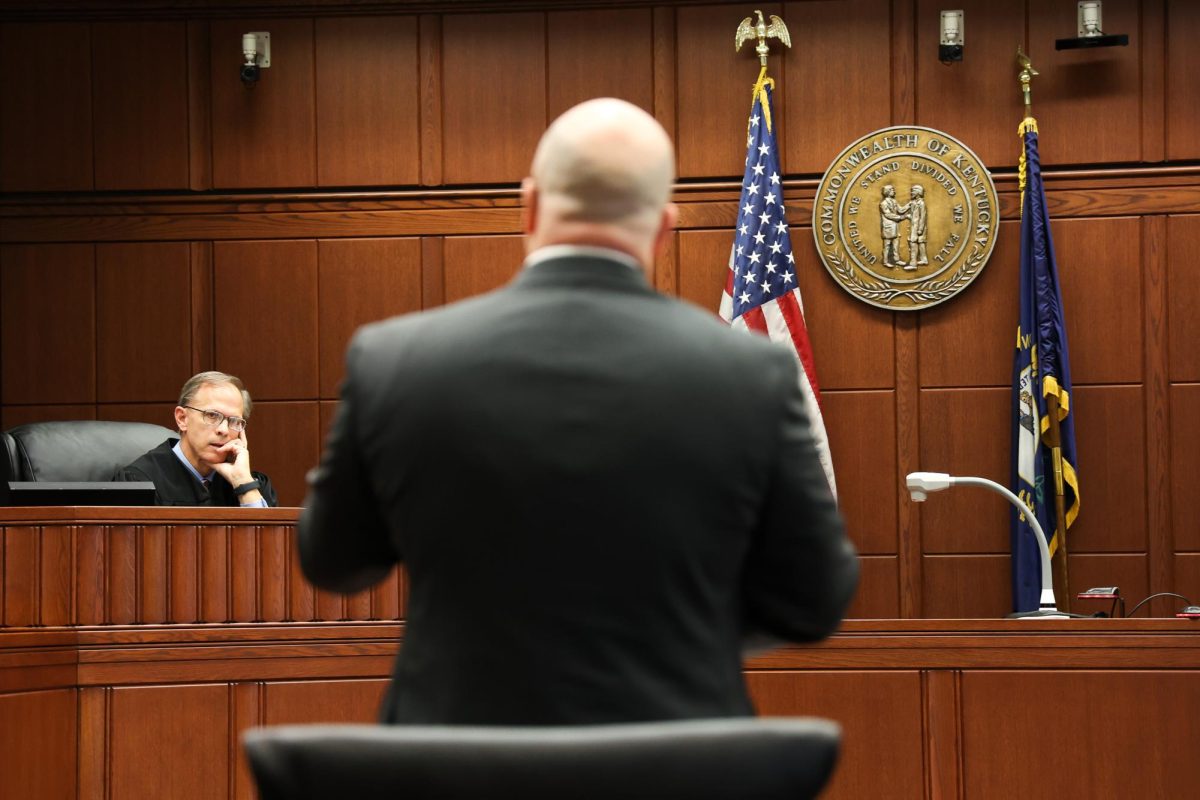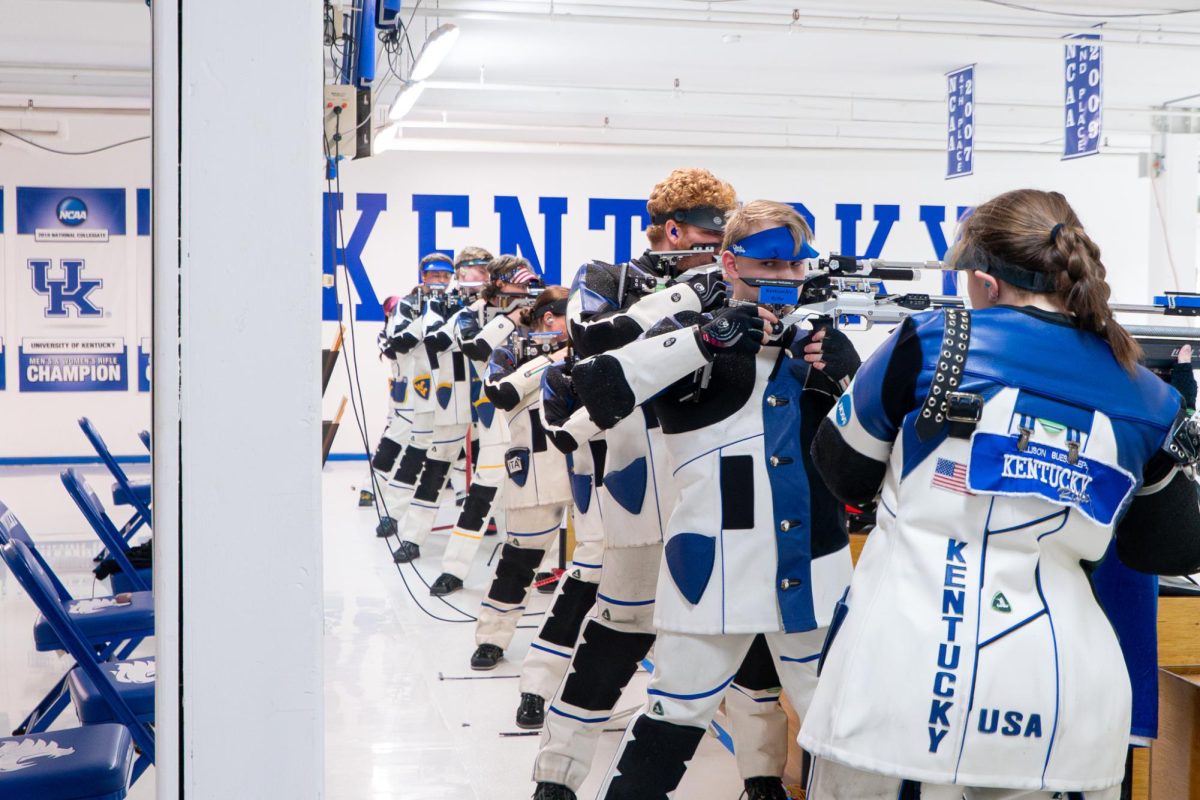Preserving the past in a space of the future
UK College of Design faculty and students look forward to their new home
November 18, 2022
Less than half a mile from the edge of north campus, a 100-year-old brick building sits vacant, surrounded by chain link fence and warning signs that read “Reynolds #1, College of Design.”
The Reynolds building, an old tobacco warehouse, will soon house all of the College of Design’s programs and studio spaces.
“It’s essentially a shell with two floors. We’re able to make something new without destroying some valuable historic fabric,” Ned Crankshaw, acting dean of the College of Design, said.
The Reynolds building was recently renamed the Gray Design Building, and it is located on the outskirts of campus on Scott Street. The College of Design will move following the completion of renovations by the end of 2023.
Current renovations are made possible by several donations, most notably a $5.25 million gift from Gray Inc., the parent company of 12 smaller engineering, design and construction companies.
The process of turning a historic warehouse into a state-of-the art college is no easy undertaking. The College of Design is determined to preserve the character of the building, enhancing the history while refurbishing the space through a process called the adaptive reuse.
Huff explained that adaptive reuse is when a historic building is renovated for a use that is different than its original purpose.
“You can historically preserve a building, but it has to have the same use. But if you adaptively reuse it, it’s like turning it into another function,” Huff said.
Huff was one of the students in a historical preservation group that documented the status of the building right before renovations began in August 2022.
Students and faculty alike are very enthusiastic about the move to a single, modern space dedicated to the College of Design, where there will be more room for creativity and collaboration.
Many students said they are eager to experiment with the new machinery, including a new laser cutter and more 3-D printers.
“Our shop space is set to triple, and they have all new machines that are going in right now. Whenever you have that technology accessible to you, it opens your realm of possibilities of what you can create,” sophomore architecture student Taylor-Beth Huff said.
Freshman interior design student Noah Sprout said he is most excited about having a large, shared space where students can work together.
“All of Design is together in one big building, and it’s also a lot more space than what we have now,” Sprout said. “Learning to collaborate while you’re in school is great because then you can transfer that to the real world.”
Crankshaw echoed Sprout’s belief that a spirit of collaboration and teamwork will be fostered in the environment of the new building.
“Our students are all going to be working with the other disciplines really closely in their careers. Just to see what everybody does is going to elevate their own work to understand the larger dimension of design,” he said.
The acting dean also talked about how new exposure to multiple parts of the design process and interaction with new mediums will allow students in the college to be more well-rounded and better equipped to enter the workforce.
Being able to understand the relatedness of the design fields is not the only connection students will gain through enhanced studio spaces in the Gray Design Building. The new facility will also connect students and the university to the surrounding Lexington area.
Huff said that many of the professors in the College of Design coordinate community projects in addition to teaching at the University of Kentucky. Sometimes they are able to share this work with students, but having a building closer to the center of Lexington will help professors integrate student participation into this work on a larger scale.
“It’s not just an investment in the school, but also the community,” Huff said.
































































































































































